Editor's note: This article was published prior to the COVID-19 pandemic. If you need to travel, check the CDC FAQ page about COVID-19 risks for travelers, which provides the latest guidance. For information about outdoor activities wherever you go (close to home is best), read Recreate Responsibly: An Activity-Specific Guide.
Traveling allows you the opportunity to explore new places and unplug from daily routines and distractions. But let's face it: Sometimes you want and need to stay connected when traveling abroad. Beyond scrolling through news feeds and keeping up on social media, having a cellphone can be an essential tool to connect with other travelers, find cheap lodging or navigate transit systems. Your phone is also a key connection to friends and family back home if you're traveling solo or for an extended period of time.
If you plan to take your cellphone on your next trip abroad, here are tips to avoid racking up exorbitant international roaming charges:

Buy a Local SIM Card
One of the most affordable ways to stay connected while traveling is to bring your phone and buy a prepaid SIM card at your destination. A SIM card is the tiny removable card in your phone that stores information about your mobile identity, such as your number and wireless services. Before you travel, check with your provider to make sure your phone will work abroad. Swapping out the SIM card will give you a new international number, so give this number to friends and family back home if you want them to reach you.
Here's what you need to know to use a new SIM card internationally:
- First, make sure your phone is unlocked (read more below about unlocking your phone) and works at your destination.
- When you arrive at your travel spot, buy a local prepaid SIM card. You can generally find these cards at phone stores, airports or kiosks. The cards are loaded with specific credits for calls, texts and data. You can "top up" by buying more credits.
- Make sure you buy the correct size SIM card to fit your phone. Many newer iPhones and smartphones use nano cards; the cards also come in standard and micro sizes.
- Pop out your SIM card by inserting the end of a paperclip gently into the tiny hole next to your SIM tray clip (or use the SIM removal tool if one came with your phone). The location of the SIM tray will vary according to phone models. Some can be found at the side of the phone.
- Replace the original SIM card with the one you just purchased.
TIP: Make sure you keep your original SIM card in a safe place; that card is associated with your U.S. phone number. Also, you may be able to buy a prepaid SIM card before leaving the U.S.

Unlock Your Phone
Before you can swap out your SIM card, make sure to "unlock" your mobile phone so it can work in the foreign country's wireless network. An unlocked phone isn't tied to a specific mobile carrier and will work with any carrier that uses the same wireless network. Unless you bought a phone that was sold as "unlocked," contact your wireless provider and ask for the phone to be unlocked. You can often make this request online or in a store. Some carriers may not do it if you owe money on the phone. The Federal Communications Commission has answers to frequent questions about unlocked phones. Read up on your provider's specific unlock policy. Here are the unlock policies from a few of the most common providers:
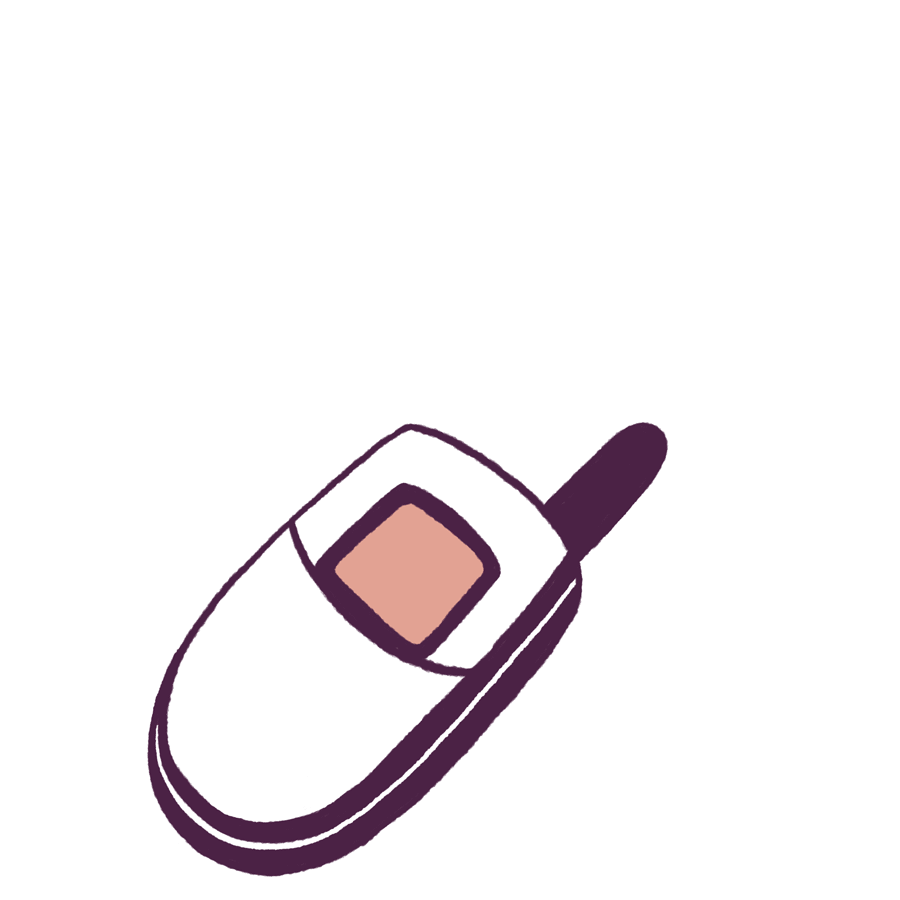
Buy or Rent a Mobile Phone
If you want a cellphone only for emergencies, consider buying a cheap flip phone when you get to your travel spot. If the phone gets lost, no big deal. You may also be able to rent a phone. Another option is to buy an affordable unlocked phone in the U.S. that you can take with you and then buy a local SIM card once you get there. Even better, ask your savvy traveler friend if you can borrow his or her unlocked phone. Frequent international travelers often have a second unlocked phone that they bring with them on such trips.

Add an International Travel Plan
Perhaps the simplest way to use your cellphone internationally is to add an international travel pass to your existing wireless plan. Adding a plan may still cost you, but it will be cheaper than paying international roaming fees as you go. Another benefit is that you keep your U.S. number and your phone is available the minute you land overseas. Major U.S. wireless providers such as T-Mobile, AT&T, Verizon and Sprint offer international plans when you travel outside the U.S. Also check Google Fi rates. Check with your wireless carrier for specific details. Verify that service and desired data speeds are available where you're going. Some carriers charge a flat daily rate only on days you use it. Be sure to activate the travel pass before you go.

Use Wi-Fi Only
If you check email or social media infrequently and don't feel the need to constantly upload travel photos, waiting until you can connect to free wireless networks can save you a bundle. Make sure you put your phone in airplane mode. While you're at it, switch off any apps that grab data—that way you won't get charged if you accidentally switch off airplane mode thus allowing your phone to connect to a cell tower in that short time. Look for restaurants, cafes or public spaces such as parks or libraries that offer free access to Wi-Fi. Before your trip, consider downloading an app that maps Wi-Fi hotspots where you can get free internet access. If Wi-Fi is important to you, check with your hotel or apartment rental to make sure it's available for free or a nominal fee.
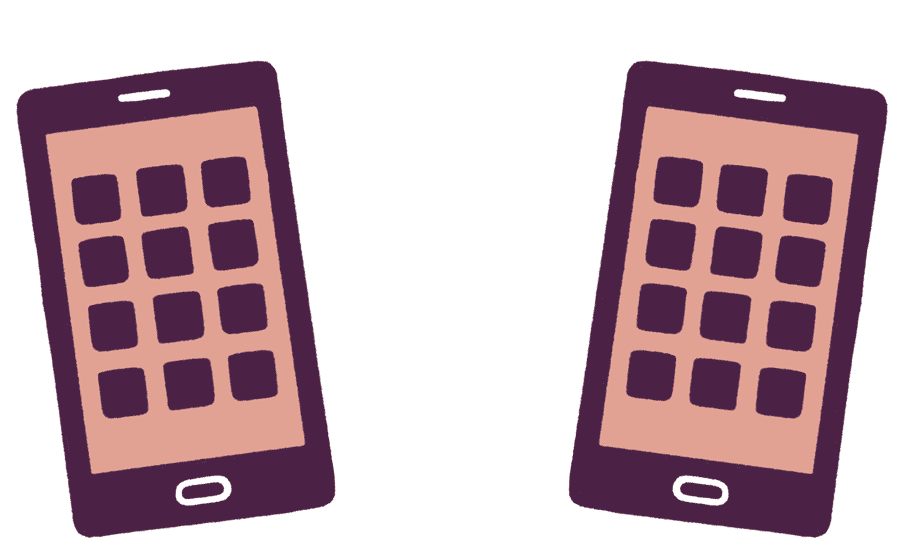
Use Communication Apps Over Wi-Fi
Download a communication app such as Skype or WhatsApp and use it to exchange text messages or call other users for free using an internet connection. Make sure the people you're communicating with also have one of these apps. Apple users can text or make video calls to other iPhone users using iMessage or Facetime. If you're relying on Wi-Fi, it's important that you turn off cellular data on your phone, otherwise you may inadvertently rack up international roaming charges. Skype, Google Hangouts and other apps also let you make free video calls with other users over an internet connection.

Turn Off Cellular Data
To reduce data usage, make sure you turn off cellular data and set your phone to "airplane mode." You don't want your phone to grab data the minute you take it off airplane mode, even for a minute. Turn off or restrict background apps that refresh or update automatically, using data even when the app is closed. This can quickly eat into your data plan. Change your email settings so you don't constantly download new email unless you fetch it.
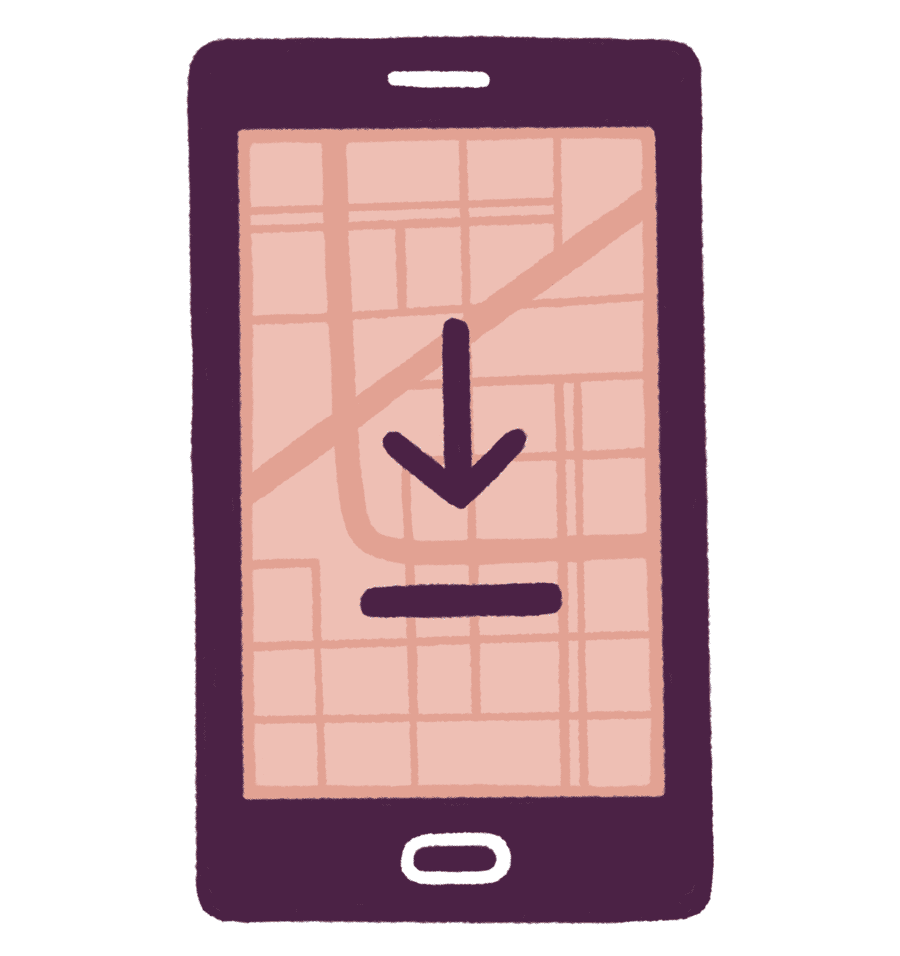
Download Before You Go
To save time and money, load up your phone or tablet with travel and other apps, music, books, maps, travel guides and anything else you may need. Free Wi-Fi can be slow in some areas and you don't want to get stuck waiting for a map or guide to load when you need it. If you know you're headed to Paris, for example, download a map of the area using GPS and navigation apps such as Google Maps, Maps.me or HERE WeGo to use offline later.
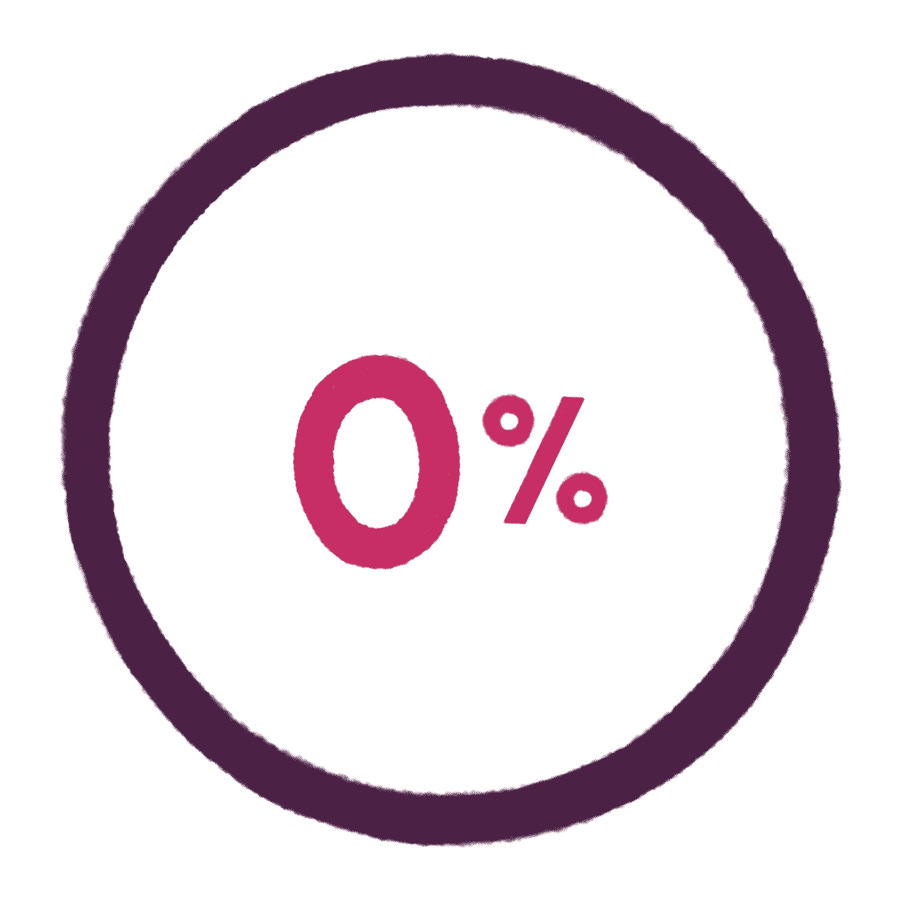
Manage Data Usage
Unless you have an unlimited plan, calling, texting and data usage can add up pretty quickly if you're not careful. Know your limits and adhere to them; 20 cents a minute for a call can pile up faster than you realize. Track and manage your data usage by using a third-party app, the settings on your phone or an app from your wireless provider. Be aware of activities that are data hogs such as streaming video or music. If you're traveling with kids, set clear guidelines about when and how they can use their phones.
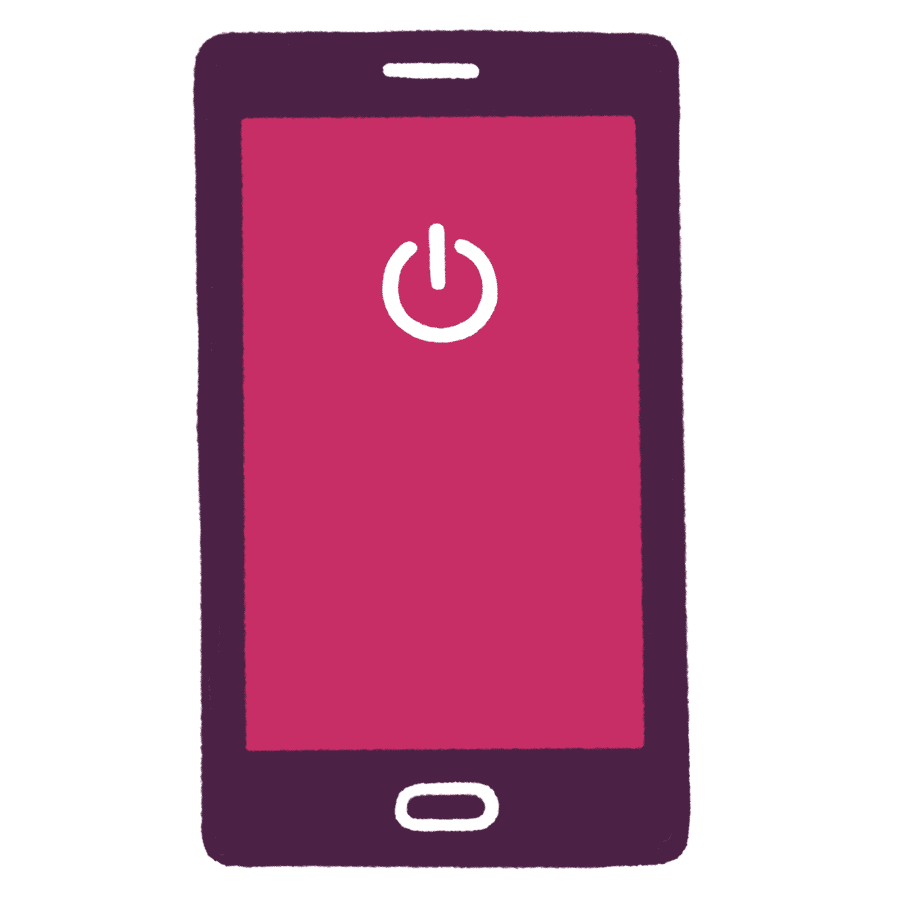
Disconnect
While you can find plenty of uses for your phone while traveling, there are also compelling reasons to disconnect. When you're tethered to your phone, you're not spending time taking in your surroundings. Be engaged as you explore new places. Soak up the sights and sounds and enjoy the moment. Technology is so ubiquitous in work and personal lives that it can be hard to immerse yourself in a culture if all you're doing is staring down at your phone. Sometimes you need to look up and wander.

